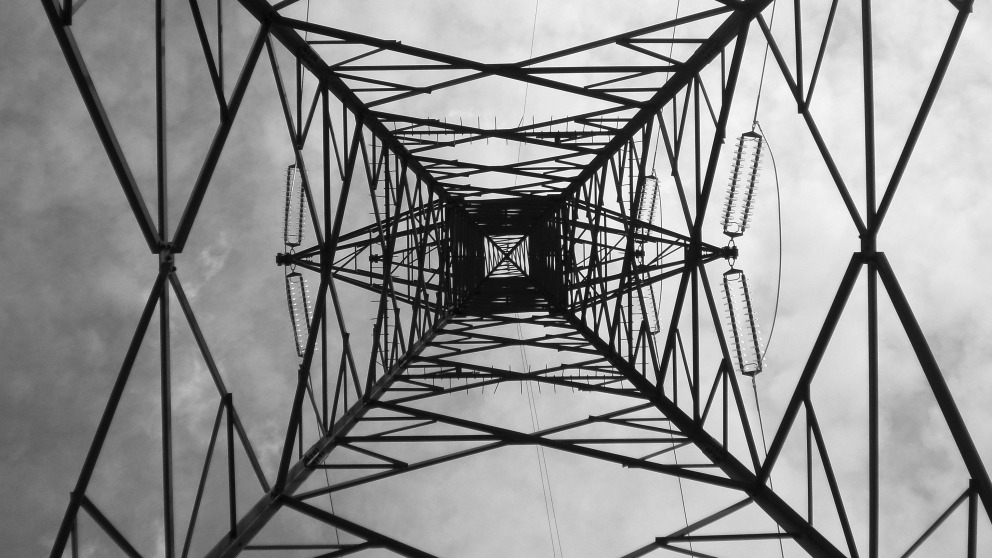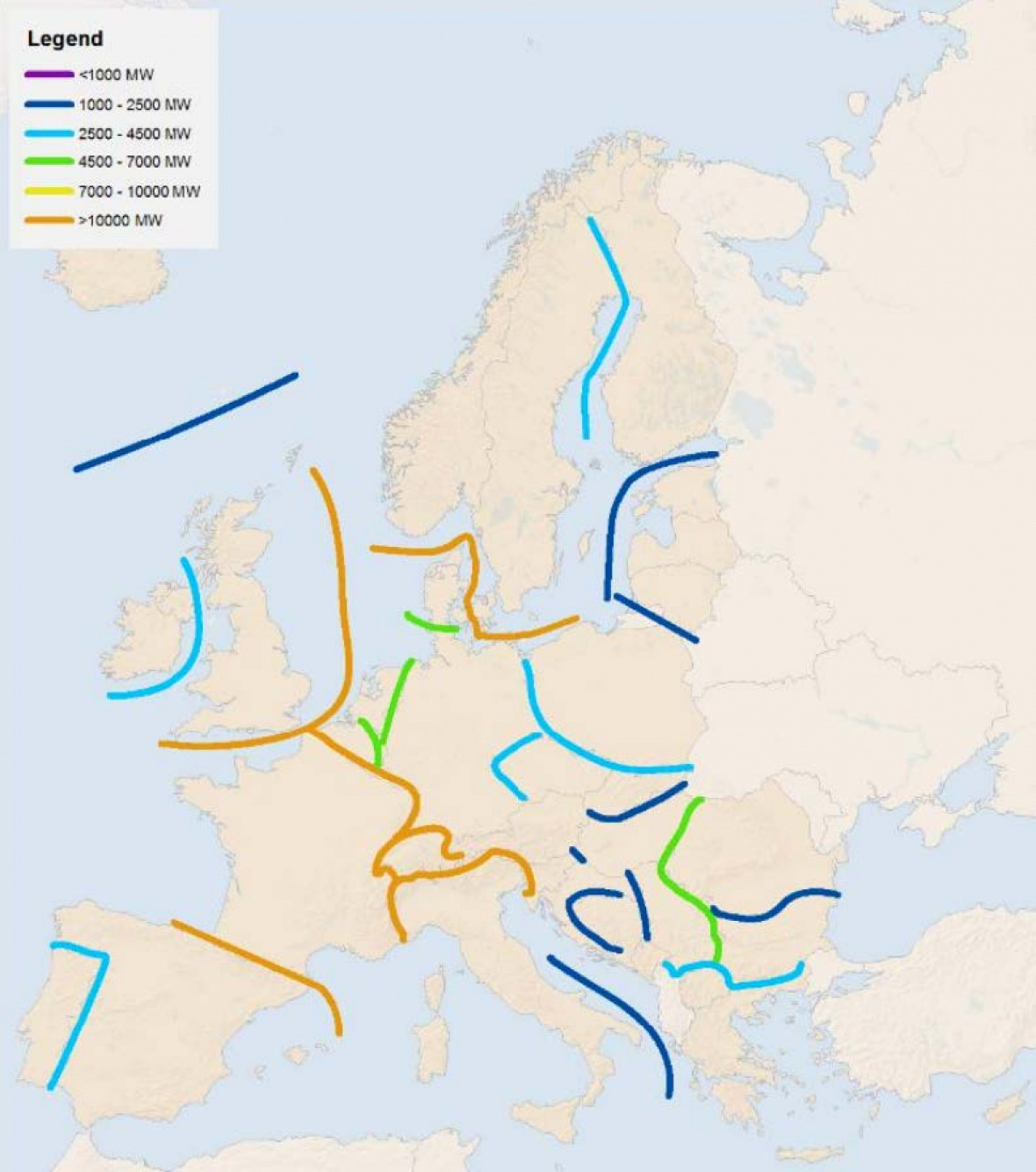Headline:
The Future European Grid in the Context of the Energy Transition: Technologies and Challenges
Superconductivity

Across Europe, the modernisation and expansion of the electric grid has become an increasingly urgent objective. Many factors, such as growing power demand, are making new power lines necessary. Above all, the integration of an ever-increasing amount of renewable energy poses specific challenges for the grid, requiring, for instance, the construction of new links to connect remotely located renewable sources. Moreover, European energy policy targets advocate the installation of more transnational links to enhance interconnectivity. Overall, the European Network of Transmission System Operators for Electricity (ENTSO-E) estimates that up to 50 000 km of new lines will have to be built by 2030. Such an endeavour is clearly not without its difficulties in terms of technological options, costs, environmental considerations and public acceptance issues.
In this context, the IASS organised a workshop on “Technological Options for the Future European Grid” with the goal of assessing existing and emerging technologies and identifying steps for their development and implementation. The main actors in this field were represented at the workshop: transmission system operators (ENTSO-E, RTE, 50Hertz), regulatory agencies (German Federal Network Agency - Bundesnetzagentur), industry/development (ABB, Siemens AG), and various research institutes and associations (RWTH Aachen, Friends of the Supergrid, TU Darmstadt).

Grid planning and new technologies
At the start of the workshop, participants focussed on the question of how to define and plan the future European grid within the framework of current schemes but also taking into account longer-term scenarios such as the e-Highway2050 project or the Supergrid concept. Here the complexity involved in forecasting trends and adjusting grid planning accordingly was highlighted. For instance, the impressive growth of renewable energy sources in the last 10 to 15 years has vastly exceeded what had previously been forecasted. The likelihood of similar unforeseen trends in the future undermines our efforts at making predictions and planning ahead. The impact of this possible mismatch between grid planning and reality is not to be underestimated and shows the need to look into innovative technologies.
Among these technologies, recent developments in Direct-Current (DC) technologies are particularly important and could open the way to new systems such as medium-voltage DC flexible grids. Superconducting electric lines represent another promising new technology, which is the focus of an IASS research programme that is now also part of an EU FP7 project. All participants agreed that technological choices involve trade-offs – e.g., in terms of environmental impact – and that there are no neutral technologies.
The electrical grid in the energy transition
More generally, the expansion of the electric grid and the challenges associated with that have to be understood within the wider framework of the energy transition processes under way at national and European levels. The future set-up of the European grid is not solely driven by technological development: this is an issue that intersects with many other dimensions, from the economic and environmental to the social and political.
For instance, climate policy goals, and in particular the targets for renewable energy sources, help to set the pace of grid planning. And changes in power consumption modes and behaviour (‘smart homes’, electric vehicles, etc.) could necessitate a rethinking of some parts of the grid.
Public acceptance and participation
From the social standpoint, grid development should – just like the wider energy transformation process – directly involve citizens as much as possible. But nowadays, grid expansion projects are often met with strong opposition from local communities, especially in the case of overhead lines. Workshop participants therefore stressed the need for better communication from TSOs and other actors, while also recognising the limitations of this strategy. One-way communication, particularly when a project has already been drawn up, is no substitute for proper public engagement. Going further, IASS Executive Director Klaus Töpfer noted that public opposition is not necessarily something to be feared: it can instead be a useful trigger for thinking about alternatives and coming up with novel, better solutions. Indeed, public opposition has often been a catalyser for change in the direction of sustainability (e.g., waste management practices in Germany).
Thus, workshop participants investigated the various aspects of ensuring effective public participation in grid expansion projects, raising questions on the concept of ownership among other things. In this respect, interesting parallels could be drawn between the development of renewable energy sources in countries like Germany and how citizens have been able to take ownership of the process, including in a financial sense.
European energy policy
Finally, the task of designing and implementing the future grid – now more than ever a transnational endeavour – exemplifies the challenges involved in defining an integrated European energy policy. With the EU now embarking on its Energy Union project, the question arises as to how grid development efforts are to be coordinated, and how they should complement overall strategic objectives. For instance, how should we harmonise the different paces of development and interests among EU countries? Grid expansion is clearly a necessary component of the energy transition: its successful implementation will be crucial to facilitating both our climate change and energy security goals.
13.07.2015
